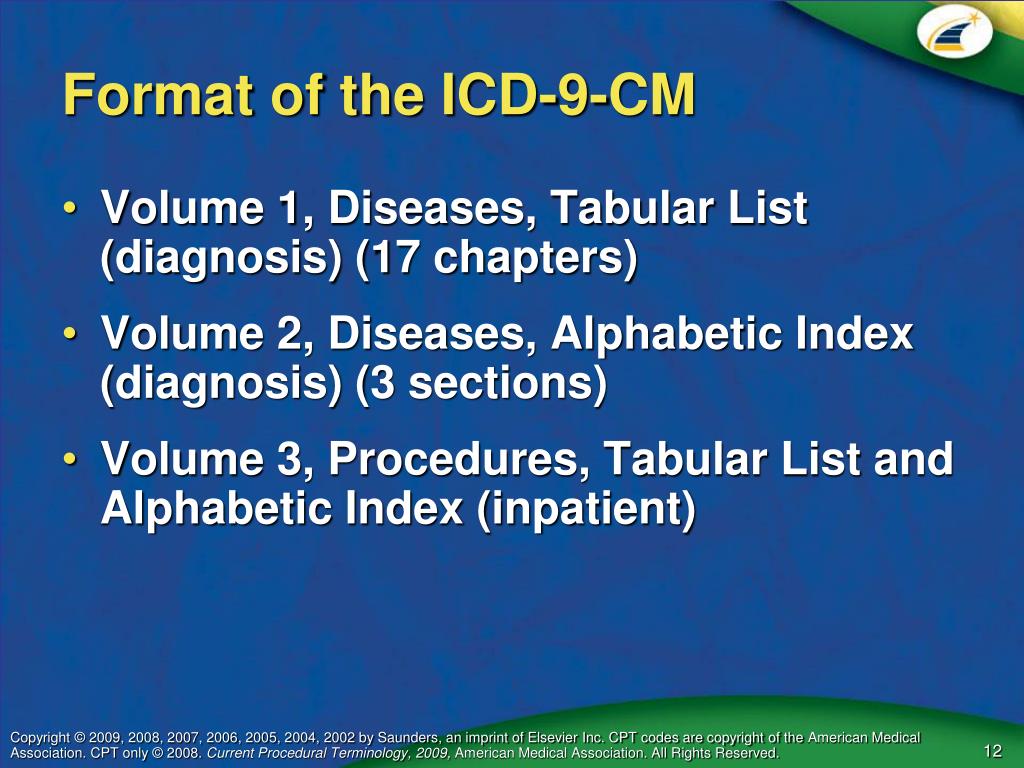
- Explain alphabetic index and tabular list quizlet how to#
- Explain alphabetic index and tabular list quizlet manual#
- Explain alphabetic index and tabular list quizlet full#
- Explain alphabetic index and tabular list quizlet code#
Explain alphabetic index and tabular list quizlet code#
Used in ICD-10-CM indexes and tabular list and ICD-10-PCS index to enclose nonessential modifiers which are supplementary words that may be present in or absent from the physicians statement of a disease or procedure without affecting the code to which it is assigned. What is the use of the alphabetic index for ICD-10-CM and ICD-10-PCS? What is the tabular list in ICD-10?Īn alphabetical list of ICD-10-CM terms and their corresponding code or category that helps you decide which section to refer to in the Tabular List. Topography codes are identified by the letter C, the first character of codes in Chapter II ICD-10. The ICD-10-CM is divided into the Alphabetic Index, an alphabetical list of terms and their corresponding code, and the Tabular list, a chronological list of. The index also includes selected tumor-like lesions and conditions. For instance, Congenital cataract is listed under Cataract.
Explain alphabetic index and tabular list quizlet manual#
The six sections of the CPT manual include: Evaluation and. Code additions that explain circumstances that alter a provided service or provide. The term you’re looking for might not be one of the main terms in the index, but it might be listed under one of those main terms. The CPT coding manual organizes codes into the Alphabetic Index and the Chapter 14. After identifying the term, note its ICD-10 code. The alphabetical index is used to code topography (anatomical sites) and morphology (histological terms). Step 1: Search the Alphabetical Index for a diagnostic term. What is the purpose of the alphabetic index in ICD-10?
Explain alphabetic index and tabular list quizlet full#
It does not always provide the full code. Chapter 21 is Factors Influencing Health Status and Contact with Health Services (Z00-Z99).The Alphabetic Index helps you determine which section to refer to in the Tabular List. Chapter 20 also groups codes related to external causes of injury and poisoning. Chapter 20, External Causes of Morbidity (V00-Y99), replaces the V and E codes used in the ICD-9-CM. Chapter 15, Pregnancy, Childbirth, and the Puerperium (O00-O9A), groups codes related to the prenatal and postnatal periods.


Still other chapters group conditions together by etiology or the nature of the disease process, as in Chapter 2, Neoplasms (C00-D49). However, some chapter titles use a part of the body or an organ system to group the codes for example: Chapter 9, Diseases of the Circulatory System (I00-I99). For example, Chapter 1 is: Certain Infectious and Parasitic Diseases (A00-B99). In most of the chapters, the title is composed of a group of diseases and injuries, followed by a code range in parentheses. These codes form the foundation of the ICD-10-CM code set. Each chapter is divided into categories, or blocks, that have been assigned 3-character codes. The ICD-10-CM Tabular List of Diseases and Injuries (commonly called simply the Tabular List) is divided into 21 chapters.
Explain alphabetic index and tabular list quizlet how to#
The hyphen (-) at the end of the code indicates that additional characters are required to complete the code.Explain how to use the Tabular List to select main terms, essential modifiers, and the appropriate code (or codes) or code ranges. The nonessential modifiers (i.e., acute, catarrhal, chronic, noninfective, and hemorrhagic) do not affect the code assignment. the first three characters of the ICD-10-CM the first character is a letter, the second and third are numeric this is considered the 'block' of the code. The second essential modifier listed under the main term is "amebic (acute)," and the subterm listed under amebic is "nondysenteric." The main term is bold face the nonessential modifiers that follow it are enclosed in parentheses the essential modifier is indented one space under the main term and the subterm is indented one space under the essential modifier (two spaces under the main term).

The Alphabetic Index consists of the following parts: the Index. 16.3 provides an example of the main term Colitis which is followed by the nonessential modifiers (acute), (catarrhal), (chronic), (noninfective), and (hemorrhagic). The Alphabetic Index and Tabular List The ICD-10-CM is divided into the Alphabetic Index, an alphabetical list of terms and their corresponding code, and the Tabular List, a chronological list of codes divided into chapters based on body system or condition (Figures 3-1 and 3-2).

This index includes main terms, nonessential modifiers, essential modifiers, and subterms. The ICD-10-CM Index to Diseases and Injuries (commonly called the Alphabetic Index) consists of an alphabetic list of diagnostic terms and related codes.


 0 kommentar(er)
0 kommentar(er)
